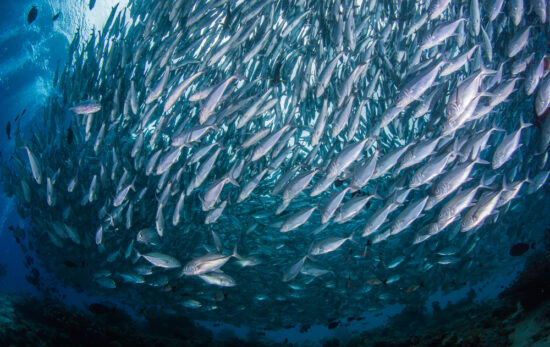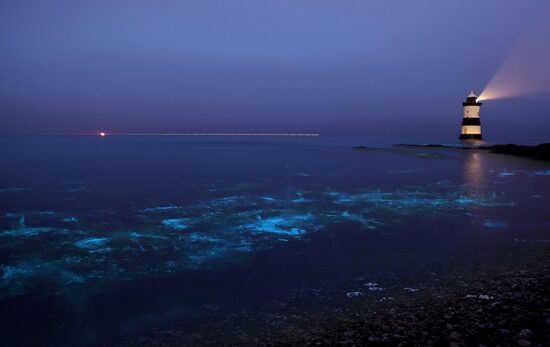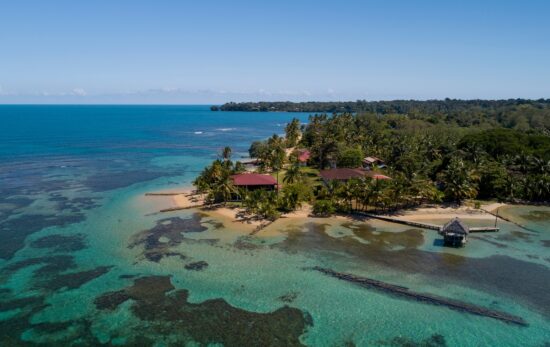Apart from the actual physical underwater beauty that Thailand has to offer, the logistical beauty is that it boasts varied diving opportunities almost all year round. However, not every diving locale is suitable all year, and this is what often causes confusion. To confuse things further, the period some travel agents will refer to as high season merely denotes the overall busiest time for the area and not the peak diving conditions. So what is the best time to go scuba diving in Thailand?
The problematic issue with Thailand is the weather is not consistent throughout the country. In fact, the seasons for diving practically split the country into an east versus west situation. Generally, while one coast is bathed in sunshine with its beaches barely caressed by waves because the ocean is so calm, the other coast is being lashed by rain and gusting winds.
October to May
In general, this is the best time to go scuba diving in Thailand at any west coast scuba diving destination.
Similan and Surin Liveaboard Season
If hopping aboard a liveaboard vessel and cruising comfortably in between sites while being fed like a goose is how you like to dive, then you should be looking at heading to Thailand between October and May. The Similan and Surin Islands aren’t accessible for the whole year primarily due to weather, and the park is off-limits outside the months of October to May.
The earlier and latter part of the season (shoulder seasons), as you might expect, can experience some choppy seas and reduced visibility, but the dive sites are quiet. December, January and February are by far the busiest months, and you should book early to avoid disappointment. But, these months are busy for good reasons. Expect gin-like visibility with a healthy shot of manta ray and whale shark action thrown in.
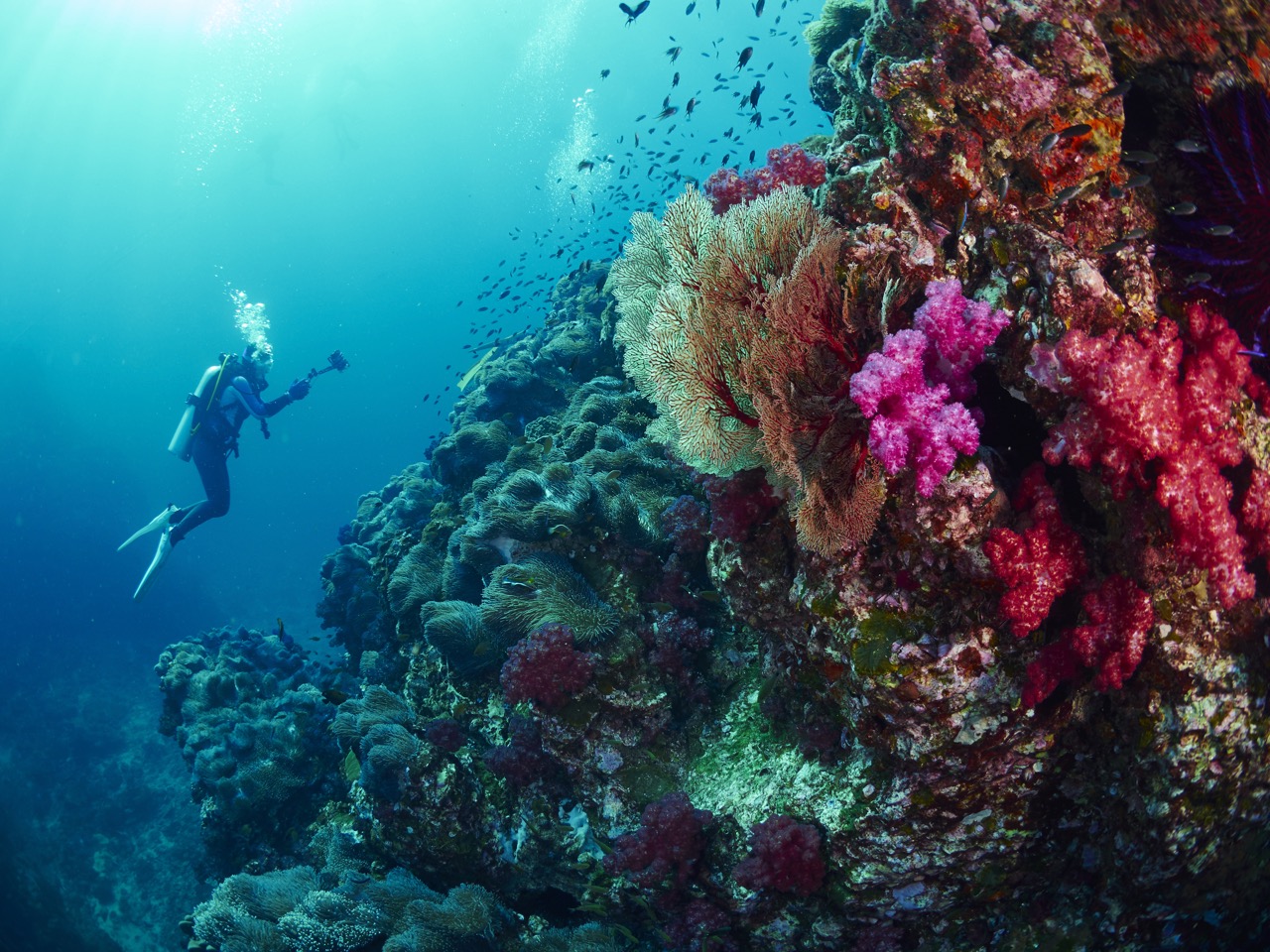
West Coast Land-Based Scuba Diving
Krabi, Ao Nang, Koh Lanta, Koh Racha, Koh Lipe, Ranong, and Phuket are all best dived between October and May. The famous pinnacles of Hin Daeng and Hin Muang lie within an easy day trip from Koh Lanta and Koh Phi Phi, and they are a great place to spot the larger pelagics – particularly manta rays and often whale sharks, too.
If you are traveling with non-divers or don’t have the time for a liveaboard, then you can also see some of the Similan’s dive sites on one-day or overnight trips from Khao Lak.
The Gulf of Thailand
Koh Tao, Koh Samui and Koh Phangan experience their worst monsoon weather around November and December. While you can be lucky, on the whole, this is not an advisable time to visit if you want to see those picture perfect underwater scenes. January and February can see some good conditions, but it’s far from consistent. Choppy seas are more likely, but visibility is good at this time of year.
On the other hand, April and May are good months to see whale sharks, particularly at Chumphon Pinnacle, South West Pinnacle and Sail Rock. All of these dive sites are in reach of any of these islands, but Koh Tao is closer to Chumpon and South West Pinnacle while Koh Phangan is closer to Sail Rock.
Although in the Gulf of Thailand, Koh Chang, Koh Mak and Koh Kood enjoy a weather pattern similar to that of the west coast, making the October to May period a great time to visit. Close by, Pattaya, however, is more consistent with the rest of the Gulf of Thailand, but the rain does tend to start a bit earlier in September.
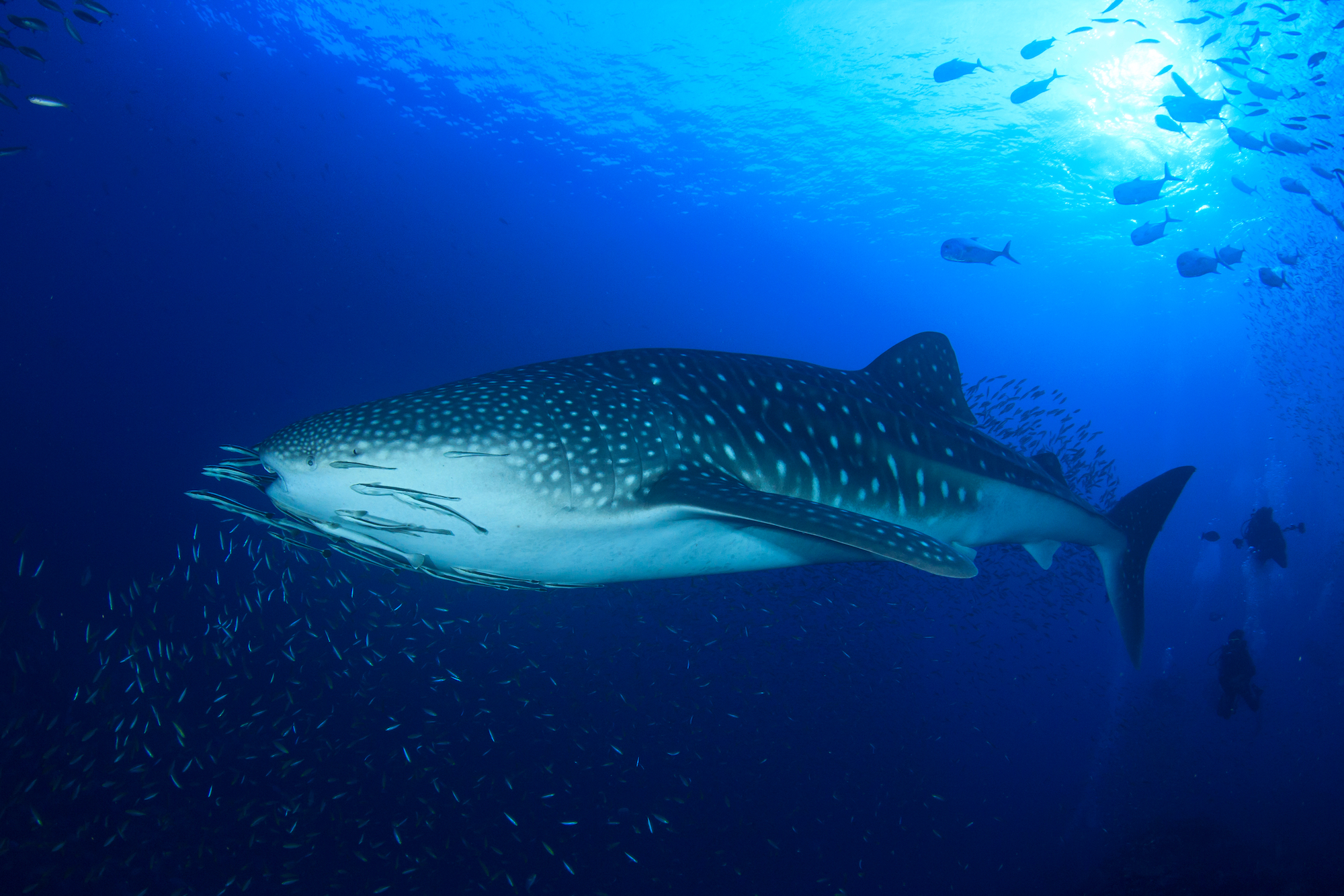
June to September
For this portion of the year, the reverse is pretty much true. The east coast and the Gulf of Thailand enjoy calm, dry months, while the west coast of the country plunges into monsoon season.
West Coast Land-Based Scuba Diving
The Similan and Surin Islands as well as the National Park around Koh Lanta close to all vessels, and diving halts from Ranong into Burmese waters, too.
Although the west coast is technically in monsoon season during these months, there can be good days and even some great days diving, too. If you are planning an extended trip and have the flexibility to wander based on the weather, then some good deals can be had along with peace and quiet. Dive shops around Koh Phi Phi, Phuket, Krabi and Ao Nang are still open for business from June to September.
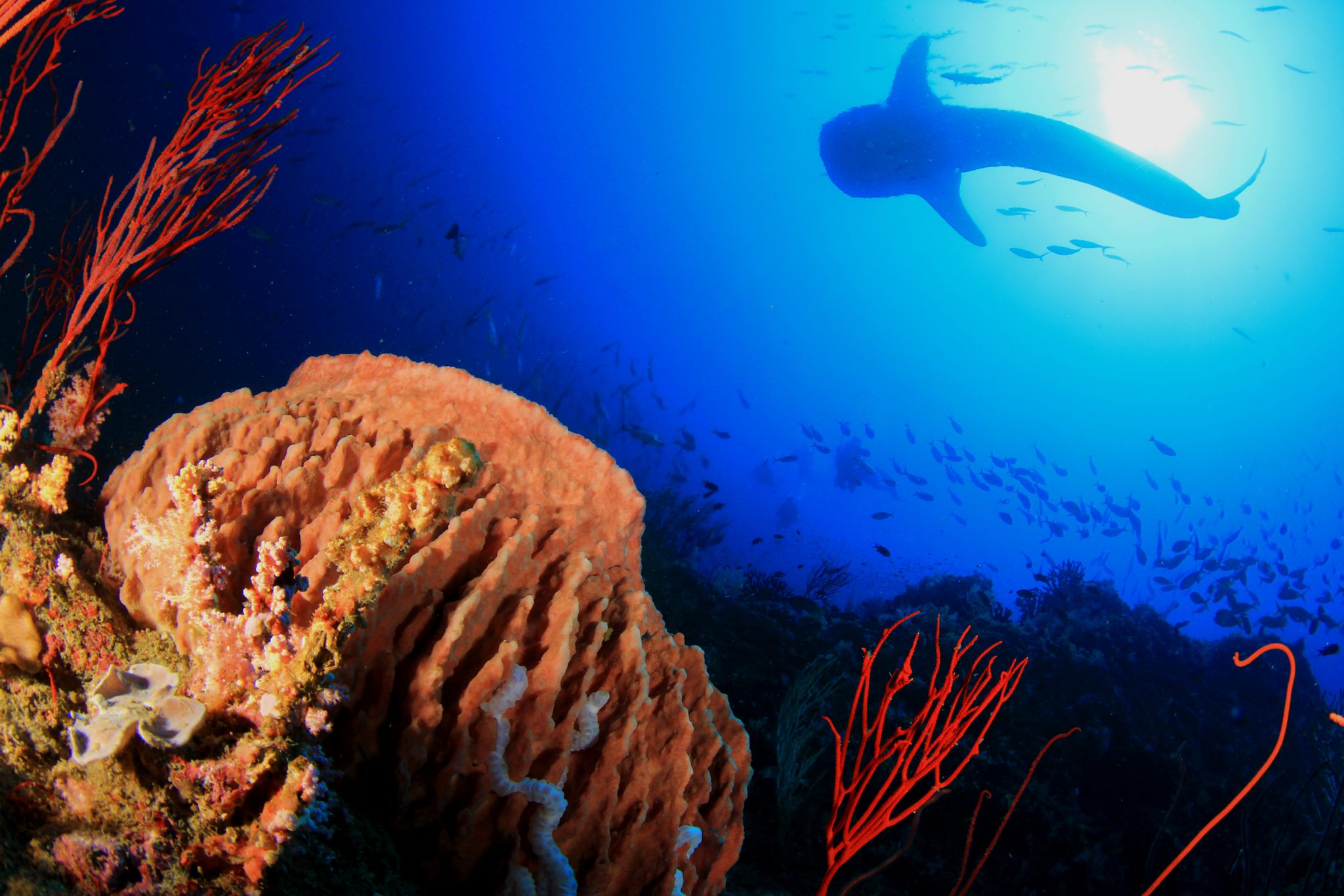
The Gulf of Thailand
Uninformed travel agents often think the entire country is at risk of monsoon rains from June to September and sometimes tell would-be visitors to avoid the Gulf’s islands, namely Koh Tao, Koh Phangan and Koh Samui. This is simply not the case; this time of year is a great time to visit. Do note, though, that this area is often very busy in July and August due to the European school holidays, and accommodation and transport get booked up early. Pattaya falls into this same zone, while Koh Chang, Koh Mak and Koh Kood will be experiencing similar conditions to the west coast.
Thailand Travel Guide – All You Need to Know
- It is recommended that your passport has at least 6 months validity when entering Thailand. You may be asked to show your onward ticket (dated within 30 days of entry – see visa information below). Travelers from some countries may also be asked to show that they have sufficient funds to sustain them during their stay.
- 64 countries are exempt from needing a visa for Thailand and can stay for up to 30 days. Check if your home country is on the list on the Thai Embassy website.
- If you are traveling during peak seasons, book your accommodation, transport, and diving in advance to avoid disappointment.
- 95% of Thai people are Buddhist. Be respectful and remove shoes before entering a Thai home or temple.
- Tap water in Thailand is not drinkable. Ensure that you stay well hydrated and stock up on bottled water.
- If you intend to fly with domestic airlines within Thailand, pay attention to baggage allowances. You may need to pay for excess baggage if you are traveling with your own scuba gear.
- The currency in Thailand is the Thai Baht (฿).
Next Steps…
Still confused about the best time of year to dive in Thailand? No problem – simply get in contact with a PADI Travel Scuba Travel Expert, and we will be glad to help you choose the best destination in Thailand for you, at the perfect time, too.
This blog was originally written by Ayesha Cantrell and published on the Diviac Magazine.
